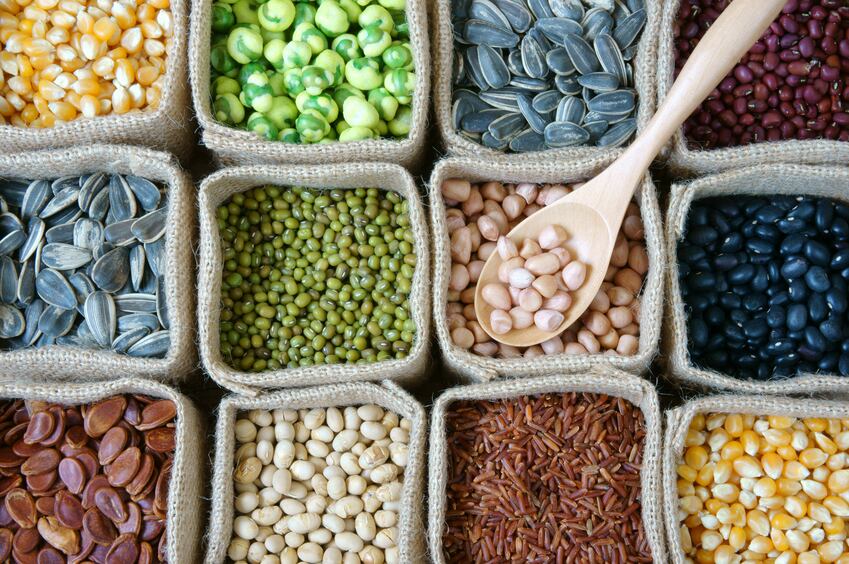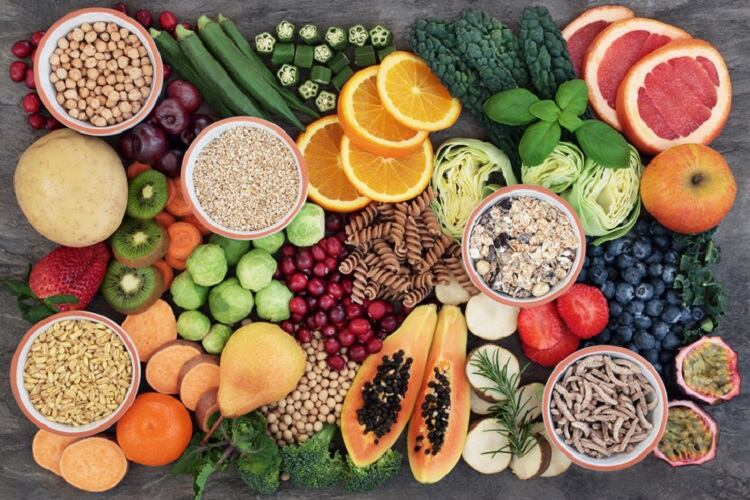Fibre is important for gut health. It enables the body to transport non-digested food through the gut. Consumption has also been linked to a host of other benefits, such as weight management and reduced risks of NCDs including various cancers, Type 2 Diabetes and cardio vascular disease.
Just can't get enough

Consumers are hearing the health message loud and clear.
“Fibre is consistently ranked as one of the top five ingredients or benefits looked for by consumers and it is a recognisable and consumer-friendly term. Consumers are also aware of the health benefits that a diet rich in fibre can provide,” Antonietta Wallace nutrition marketing manager at starch supplier Ingredion EMEA told FoodNavigator.
“We know that claims such as ‘source of fibre’ and ‘high in fibre’, have an impact on consumer choice. 28% of European consumers questioned in a study stated a ‘high in fibre’ claim was very important when making purchasing decisions, ahead of ‘wholegrain’ and ‘high in protein’ claims.”
But while consumers are clued into the high fibre message, most of us fail to eat as much as we should. In Europe, the recommendation for total fibre intake ranges between 25-32g per day for adult women and 30-35g per day for adult men.
“Most people do not eat enough dietary fibre,” according to the British Nutrition Foundation.
Citing data for 2012-14, the BNF said the average daily intake of fibre in the UK was 20.1g for men and 17.2g per day for women.
This trend is corroborated by recent literature from the BENEO-Institute, which found consumers are eating “approximately half” the daily fibre intake recommendations. BENEO, which supplies ingredients including its chicory root fibres inulin and oligofructose, concluded that consumers understand the benefits of fibre - they just can't get enough.
“Although fibre is key for a healthy digestive system and consumers are aware of it, they still struggle to reach their daily recommended intake of fibre,” BENEO's VP of regulatory affairs and nutrition communication, Anke Sentko, told FoodNavigator.
“The reasons for this are manifold: fibre-enriched products tend to have a grainy or bland taste. Also it is challenging to achieve the recommended intake of fibre by solely consuming food groups which are most fibre rich, such as vegetables, grains and some fruits.
“To combat this in the future and help bridge the gap, a healthy and balanced diet including fruits, vegetables, grains but also mix of various fibres including fibre-enriched products is needed. In order to successfully increase the fibre intake, fibre-enriched products must deliver in taste,” Sentko suggested.
Beyond bakery: NPD can open new high fibre categories

For most of us, the main sources of dietary fibre are cereals and cereal products, such as bread, followed by vegetables and potatoes.
Sentko suggested that by focusing its efforts on delivering high fibre products in both established and emerging product formats, food manufacturers can make it easier for consumers to eat more fibre.
“Companies can encourage fibre intake in consumers by making food categories that are known for their fibre content more appealing,” he said citing Kellogg’s Happy Inside breakfast cereal innovation.
Further options can be made available “by enriching food groups that aren’t known for being high in fibre”, such as ready-to-drink coffee or confectionery.
Citing BENEO consumer research, Sentko continued: “More than two thirds of respondents in Europe see the benefit of fibre enrichment linked to breakfast cereals and bread, whilst 61% like the idea of fibre enrichment linked to cereal bars. In addition, more than half of those surveyed found the idea of fibre enrichment in both pasta and yoghurt products appealing, or very appealing.”
Ingredion’s Wallace also highlighted the potential of leveraging both established and emerging categories for high fibre products.

“For consumers, there is perceived to be a natural affinity between baked goods such as bread, cereals and pasta, where a large proportion of the recipe might be flour, wheat, rye or oat-based, and a fibre claim…. To dramatically improve the fibre content of our diets we also need to look at how fibre can be used in applications beyond the traditional areas of bread and cakes,” Wallace suggested.
Selecting the right fibre ingredient
In order for innovators to expand high-fibre offerings into new categories, they need to select the right fibre ingredient for their application.
For instance, Wallace continued, various resistant starches can be used in both high- and low-moisture applications and – while some starches see reduced fibre content during cooking – retrograded starches remain stable despite exposure to high or low temperatures.
This “opens up new opportunities to boost the fibre content in wider food categories including yoghurt, beverages or dairy desserts,” she suggested.
Sourcing the best fibre for your application in terms of functionality isn’t the only consideration R&D professionals need to consider. Different fibres also have different benefits on gut health, BENO’s Sentko explained.
“There are different fibres that are all important and promote different properties related to digestive health. Some fibres pass through the intestine unchanged and provide bulk, others build viscous gels and may pack some nutrients inside that escape digestion, others are used by the microbiota in general and increase biomass, some particular fermentable fibres have the unique property to be prebiotic in addition to being a fibre.
“Individual fibre types need to demonstrate the individual physiological properties as generalisation is not justified.”




